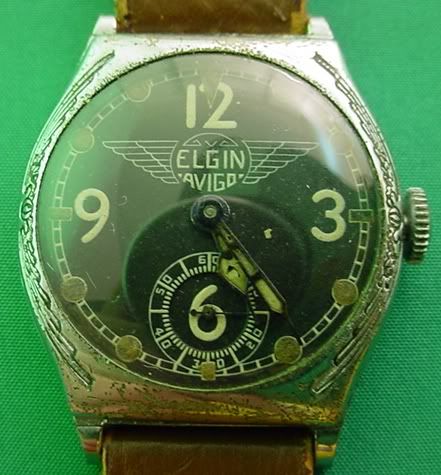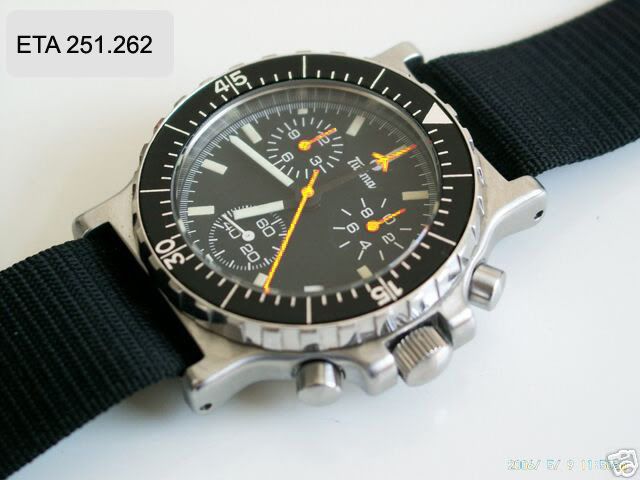A comprehensive list of watches indeed, thanks for sharing, Crusader. :D
I personally feel an avaiation watch, much like a divers watch, should be clear, legible, and instantly available to tell the time, but not built to withstand external pressure like a dive case. It should be non distracting, but instantly legible; the Sinn 656, 756 and 856 are exemplary in this regard, and to a slightly lesser extent, the Omega Dynamics.
Somehow I don't think I'd fly with a Skyhawk, it's just a bit too complicated - if I felt I needed a chrono, then I'd use the Speedmaster Pro or Sinn 756 (especially the new black version :D)
Ming






 Reply With Quote
Reply With Quote



